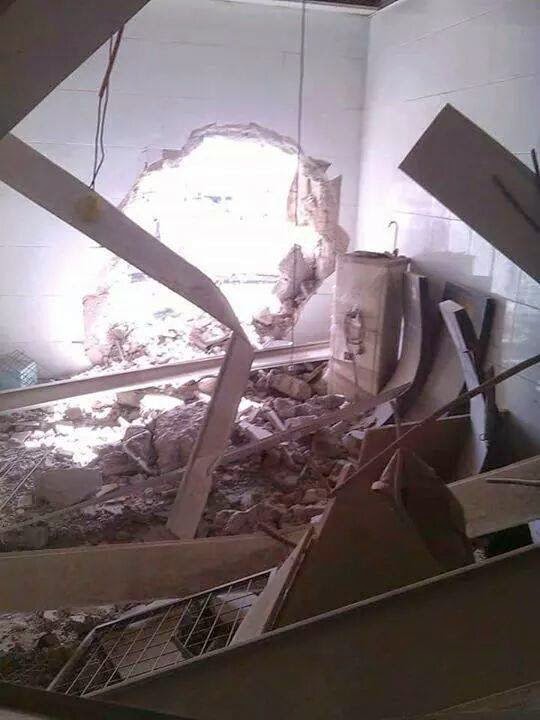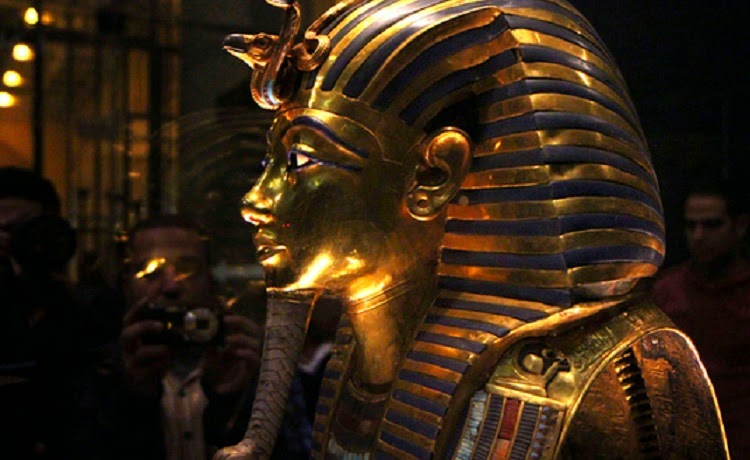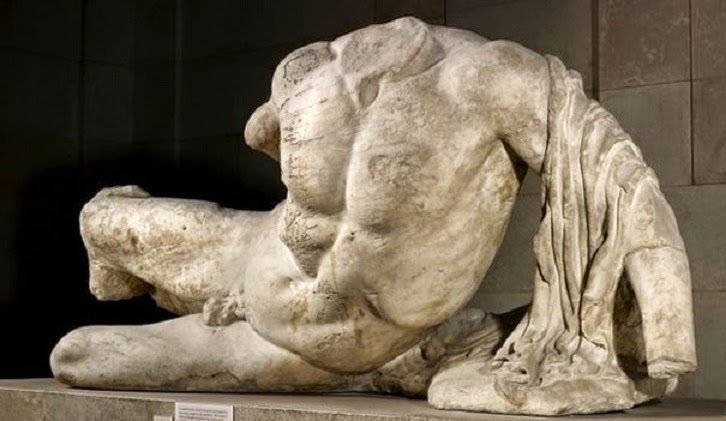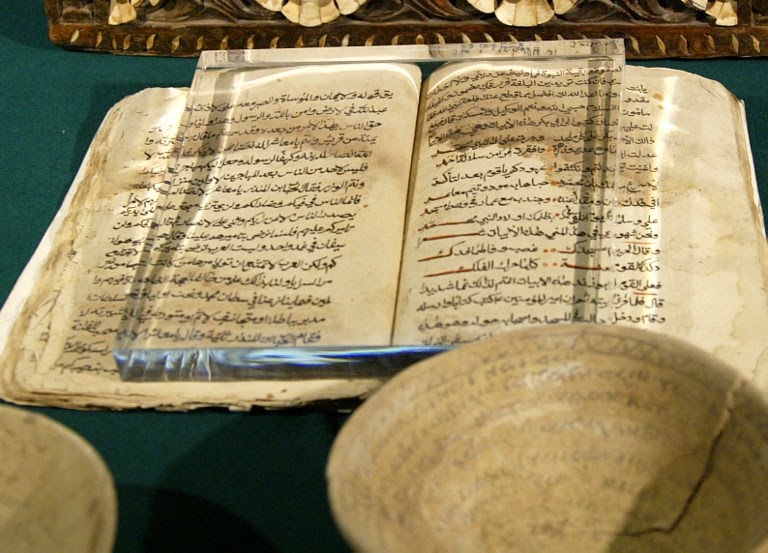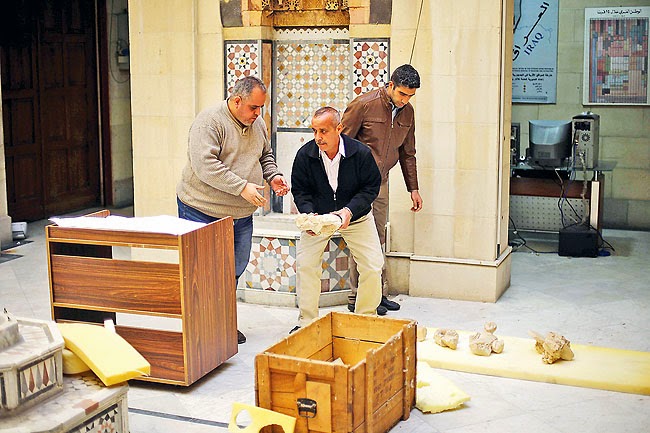The British Museum is considering three further overseas loans from the Elgin Marbles – but a reluctance to entertain the sculptures’ return to Greece is set to provoke renewed anger in Athens.

Last year the British Museum allowed part of the Marbles to leave the country for the first time when it lent the headless statue of Ilissos, a Greek river god, to the State Hermitage Museum in St Petersburg.
Greece, which is seeking to reclaim ownership of the 2,500-year-old sculptures removed from the Parthenon in Athens in the 19th century by Lord Elgin, described the Russia loan as “provocative”.
A current request from the British Museum for a key antiquity from the Museum of Cycladic Art in Athens for a forthcoming exhibition on classical sculpture has been delayed, in what is being seen as retaliatory move by the Greek authorities.
The work has been requested for the show, “Defining Beauty: the Body in ancient Greek Art”, which opens in March.
The delay is ascribed to “tensions” with the Greek government, despite friendly curatorial relations between the two institutions – the British Museum currently has 24 items on loan to the Cycladic museum.
However the chances of securing the loan in time for the exhibition may be harmed by the news that the British Museum is seriously entertaining bids for further Elgin Marbles loans to museums outside of Greece.
“Three serious bids are being considered,” The Art Newspaper reports, including one informal loan request made before the Hermitage deal was revealed.
New York’s Metropolitan Museum of Art, Berlin’s museums and the Louvre in Paris are the kind of institutions which “stand the best chance of success” when formal loan requests are submitted, the art title suggested.
The British Museum would expect any museum to which it lends the Parthenon sculptures to “be generous in responding to loan requests” made in return by the London body. Requests for single sculptures will be more favourably received, it is suggested. Bids are also expected from the UK’s regional museums which could expect huge interest in displaying items from the famous collection.
The Museum confirmed that further loans from the Elgin sculptures are being considered. A spokesman said: “Museums around the world have shown interest in requesting to loan from our set of Parthenon sculptures, and we always welcome these conversations. The Trustees will consider any request for any part of the collection to be borrowed and then returned, subject to the usual considerations of condition and fitness to travel and this has always been made clear to the world.”
Further Marbles loans will inflame tensions with Athens. Antonis Samaras, the Greek prime minister, described the loan of the Parthenon sculpture to the Hermitage as “an affront to the Greek people”.
Some of the Marbles will be moved from their permanent display to the temporary exhibition gallery for the British Museum’s March show, including the pediment sculptures of Ilissos, which will be returning from Russia, Iris and Dionysos.
However time is running out to strike an agreement with the Museum of Cycladic Art for the work that the London museum is seeking. The British Museum spokesman said: “We have requested to borrow one object from Greece and await the official response. The Museum has very positive working relationships with colleagues in Greece and lends extensively to museums in Greece including 24 objects on loan to two temporary exhibitions at the Museum of Cycladic Art in Athens.”
The Athens museum declined a request to comment. A source said: “The museum is happy in principle to lend the work but the Greek government is stalling on the paperwork.”
Greece refuses to recognise the British Museum’s ownership of the sculptures, which make up about 30 per cent of the surviving decoration from the Parthenon.
Author: Adam Sherwin | Source: The Independent [January 06, 2015]







